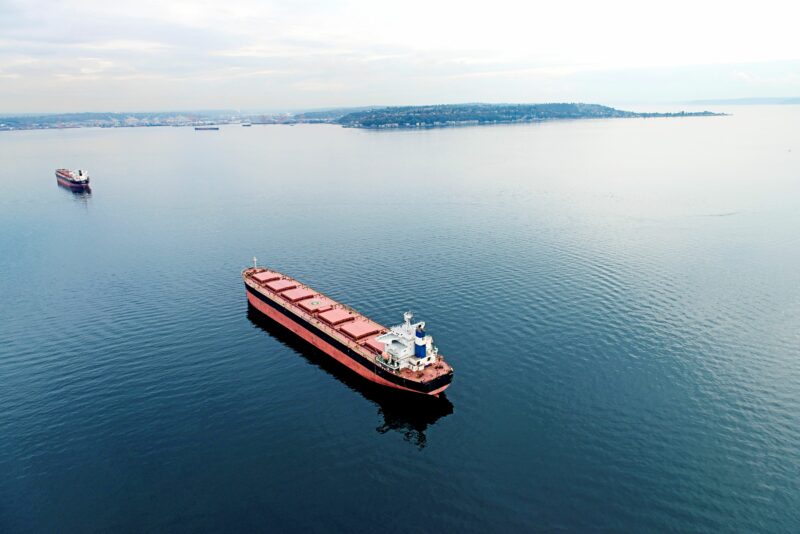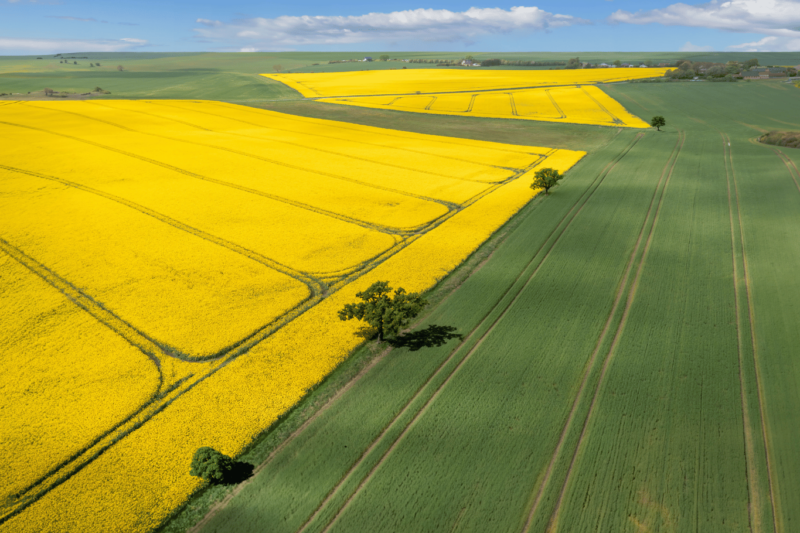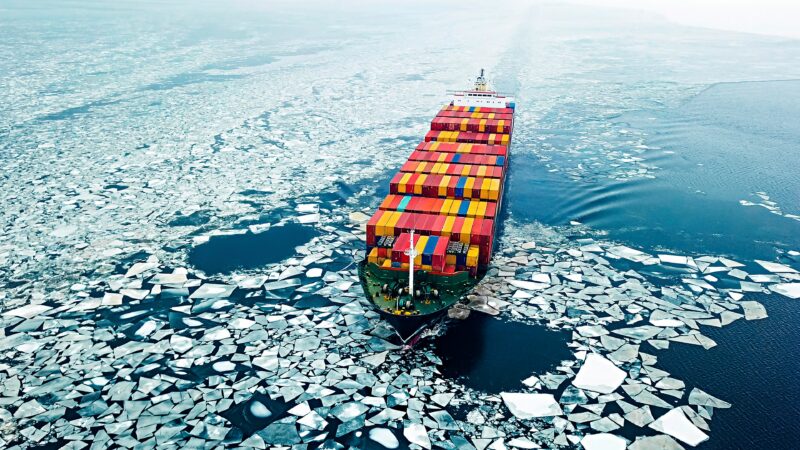News
Biomass
Energy efficiency in industry
Offshore wind
+1
LEGO’s Efforts to Reduce Its Environmental Impact


On May 17 2017, the LEGO Group announced that it has met its 100% renewable-energy target three years ahead of schedule. The next milestone in the LEGO Group’s efforts to reduce its environmental impact is its ambition to find and implement sustainable alternatives to plastic materials by 2030.
In 2014, the LEGO Group joined WWF (World Wide Fund for Nature)’s Climate Savers Programme. Since then, it has met or exceeded all its climate targets including:
- Balancing 100% of energy use with renewable sources through investing DKK 6 billion in two offshore wind farms
- Research and development of more sustainable materials -including a DKK 1 billion commitment for materials R&D
- Improving energy efficiency of producing LEGO bricks by more than 12%
Lego attributes just 10% of the carbon dioxide emitted during the lifecycle of Lego bricks to the company’s own factories, offices, and stores. The other 90% comes from sources outside its direct control, such as product transport and distribution—and from the making of the tiny plastic chunks it sources from materials suppliers to build its bricks, writes the news magazine Quartz.
On June 8 2017, the LEGO Group extended its partnership with WWF, as part of efforts to reduce CO2 emissions in manufacturing and supply chain operations, and promote global action on climate change. Besides the commitment to ensure 100% of energy consumption is balanced by production of renewable energy sources, the partnership includes commitments to a further 10% increase in carbon (CO2) efficiency per LEGO brick produced and to further engage with key suppliers to reduce the CO2 emissions in the full supply chain.
- Related news: The Lego Group Reaches 100% Renewable Energy Target Three Years Ahead of Schedule
Since announcing its 2030 target, the Group has invested DKK 1 billion in research and development in the pursuit of sustainable material alternatives. One of the investments has been a Sustainable Materials Centre, where materials specialists are exploring alternatives to plastics made from fossil fuels. The centre is based at the LEGO Group’s headquarters in Billund, Denmark, and include all current functions and employees working to find alternative materials.
Vice president of environmental responsibility for the Lego Group, Tim Brooks oversees the work of centre’s 70 experts whose challenging job includes meeting the company’s exacting standards for product safety, quality, and durability. Here every potential bioplastic is tested for strength, stiffness, dimensional stability, and impact strength—measured by whether an element could break or splinter during play.
-“I’m about to pass on the Lego bricks I played with as a child and the bricks my dad passed down to me to my son. We know Lego bricks are often passed down through generations—making it so important that the sustainable materials chosen for our products be extremely durable", Tim Brooks tells Quartz.
Tim Brooks acknowledges the challenge of finding sustainable materials that meet all the necessary requirements. He is, however, determined to solve the challenge:
-“We know that making bricks has an impact on the planet, and we want it to be a positive one.”
Every year, 300 million tonnes of plastic is produced worldwide. By replacing plastic material with sustainable sources, large companies such as LEGO could significantly limit the environmental damages from burning fuels in the production of plastic.
- Related news: Historical Partnership Saves the Climate from 200,000 Tonnes of CO2
What is a sustainable material?
There is no common definition of a sustainable material. Several aspects influence the sustainability of a material. It is to a high degree determined by its source, chemical composition, its use (in a product) and management (at end-of-life), and the impact it can have in both environmental and social areas. The LEGO Group believes a new sustainable material must have an ever-lighter footprint than the material it replaces across key environmental and social impact areas such as fossil resource use, human rights and climate change.
As part of the continued partnership with WWF, by 2020 the LEGO Group has committed to:
- Reducing CO2 emissions by 10% per brick compared to 2016 The target will be relative to the amount of bricks produced [tCO2e/ton LEGO bricks produced]. Measured in 2016 data reducing carbon emissions by 10% would result in a reduction of 10,000 tonnes of CO2 annually.
- Maintaining the 100% renewable energy achievement Ensure renewable energy assets continue to produce more energy than is consumed at LEGO Group factories, offices and stores globally.
- Reduce CO2 emissions in the supply chain. Increase the number of suppliers in the E2R programme by over 50% Support suppliers to report their CO2 footprint to the CDP (Carbon Disclosure Project) and improve their CDP performance. Set science-based for CO2 reduction targets in line with the LEGO Group’s own research.
- Establish an environmental employee engagement programme Continue to engage employees in reducing the environmental impact of the LEGO Group’s operations
- Engage others on climate change Continue to engage and inspire the public, influencers, and other companies in the climate change agenda.
About the WWF Climate Savers Programme
The Climate Savers Programme is WWF’s global platform to engage business and industry on climate and energy. The intention of the programme is to inspire a change in thinking about climate solutions in companies and encourage them to transform themselves to low-carbon leaders, acting as agents of change within their sphere of influence. This leaves member companies in a better position to avoid carbon-related risks while realising opportunities within their long-term business strategies.
You should consider reading
solutions
Combined heat and power production
+6
CopenHill: The story of the iconic waste-to-energy plant
20 November 2024solutions
Energy efficiency in buildings
+2















